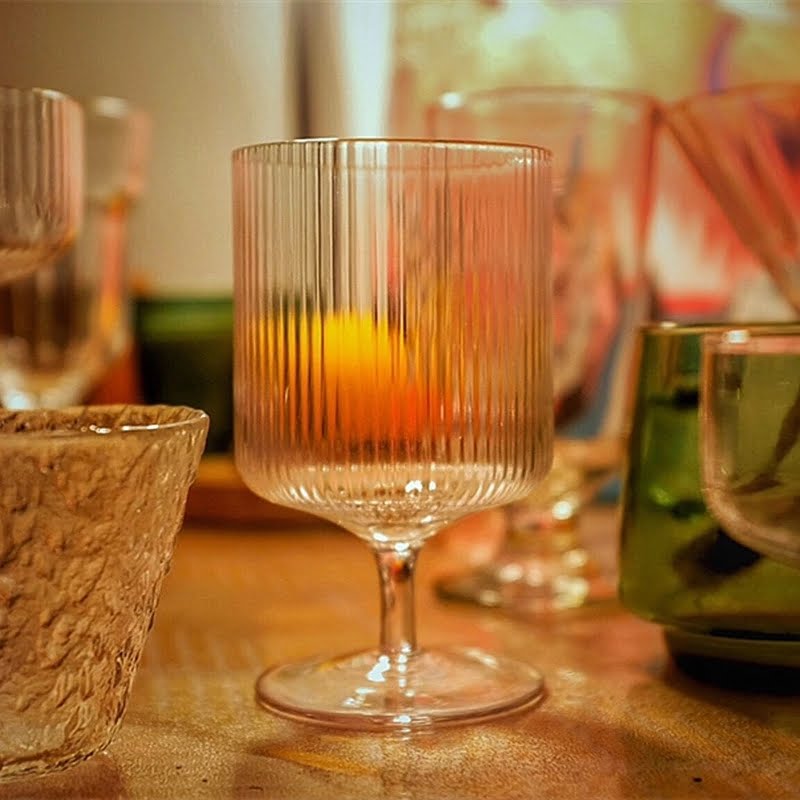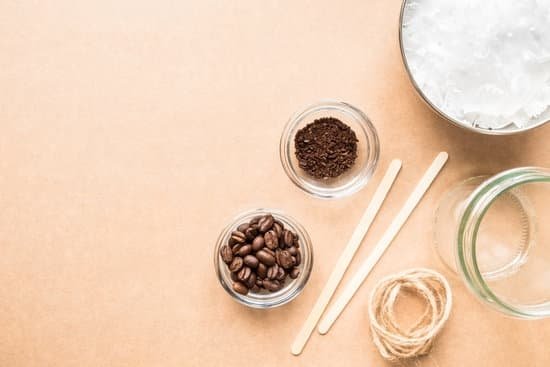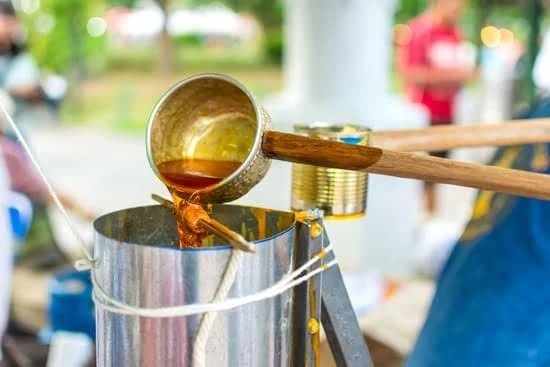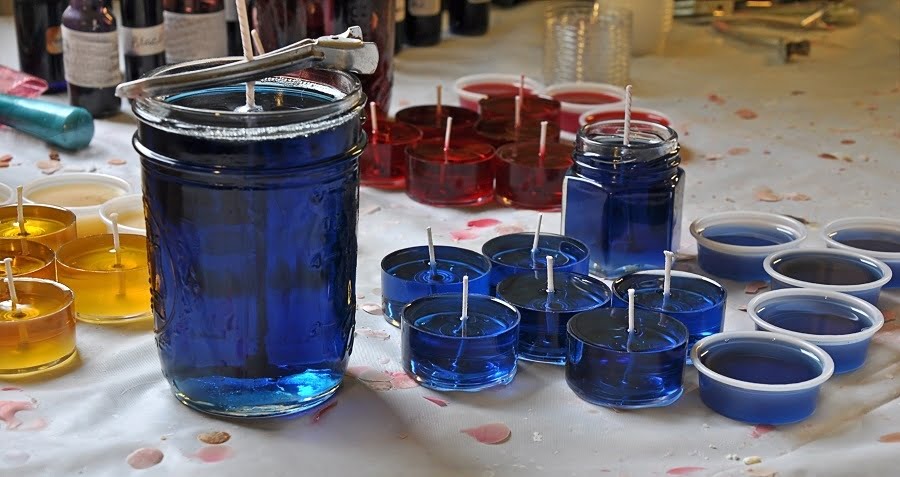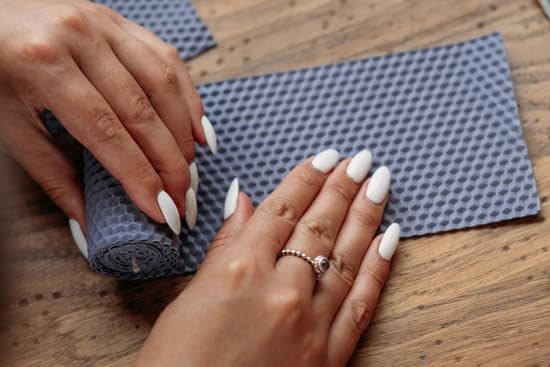Introduction
Oil candles are among the oldest and most popular types of candles. These wax-less candles date back to ancient times when they were made from animal fats and beeswax, while later they developed with modern waxes and synthetic materials. Today, oil candles come in a variety of colors, shapes, sizes and fragrances to choose from. The art of making oil candles can be both creative and scientific as many different kinds of oils must be carefully chosen for optimal burning results.
The type of oil used for candle making is critical for ensuring that your candle will burn with a clear flame without dripping or smoking. Depending on the type of oil you select, it should be mixed with other compounds such as color dyes to create vibrant colors or scents to add character to your candle. High-quality lamp oil made from natural products such as soybean, rapeseed or coconut oils is ideal for long burning time that produces less smoke and sooting during burning. While paraffin-based waxes release toxic smoke when burned and complex multi-oil mixtures often require special equipment for heating to properly mix them together, lamp oils offer great low-cost solutions for those looking for easy solutions for making quality oil candles.
When making an oil candle, it is important to consider the wicks size you need according to the diameter of your container so that it will give off the desired amount of light without putting out too much flame due to overheating. Furthermore, different lamp oils have their own individual flash points so you’ll want to make sure your chosen combination does not exceed this point or else it could result in dangerous flaming conditions inside your house or when other combustible material are nearby. Finally, choose the right type of scent you desires since adding essential oils can influence both aroma levels emitted by your candle as well as their burning properties. Making an oil candle requires careful consideration into each step involved but offers a fabulous way to experience relaxing scents while enjoying the warm flickering ambience they bring into any room!
Benefits of Choosing Essential Oils for Candle Making
Essential oils are becoming a popular choice for candle making, as they can add pleasing aromas and unique benefits to the candle. Essential oils are known for their therapeutic effects, such as calming the mind or clearing congestion, depending on the type of oil you choose. Additionally, essential oils are said to be more eco-friendly than synthetic fragrances, which may contain potentially harmful chemicals. Those choosing essential oils over synthetic fragrances also don’t have to worry about offensive scents that often come with artificial scenting agents. Plus, essential oils do not evaporate quickly like man-made fragrances may and they retain their fragrance properties longer than an artificial smell. The combination of these numerous positive aspects makes choosing essential oils for your candles an excellent option.
Exploring the Fragrance Profile of Essential Oils
Essential oils are quite important when it comes to making candles. Not only do they provide the fragrant aromatherapy benefits associated with diffusing candlelight, but they also help differentiate a brand’s product from competitors. To determine the best essential oil combinations for a candle, one must become deeply familiar with each oil’s unique fragrance profile.
In evaluating the fragrant characteristics of essential oils, the first step is to identify the undertones and overtones of the scent. The undertones represent the notes that linger in the background of an aroma and more deeply influence how it will interact with other essential oils in combination. For instance, cypress essential oil has an earthy undertone that blends beautifully with floral scents like lavender or jasmine. Overtones, on the other hand, are exhibited most prominently and fade more quickly than their deeper counterparts. Citrus oils tend to have vibrant and zesty overtones that can be used to punctuate any blend of essences.
Once you have considered both undertones and overtones for all potential ingredients within a fragrance blend for your candle-making project, you can combine them into ratios that bring out differing levels of each component while maintaining balance overall. Finally, give yourself some time to animate these scent profiles by lighting your candles in different environments and taking note of their behaviors in terms of how long each layer switches up lasts before blending with another one. For example burning citronella candles beside jasmine ones may create pleasant new blends thanks to their contrasting aromatic properties! Once you have found your perfect blend it’s time to make some stunning scented candles for yourself or others!
Crafting Scent Blends for Maximum Aroma Impact
When making candles, selecting the best oils for candles to use for scenting can make a big difference in the impact of fragrance. Oils are essential allowing you to customize the scent of your creations. Whether you’re just starting out with candle-making or looking to up your game, there are some great tips and tricks to help you choose the best scents and create memorable combinations.
As with any craft, experimenting is important when crafting scents. Before committing to a full batch of candles it’s useful to try out small test batches and become familiar with the different types of oil on offer as well as their individual scent notes and characteristics. This will enable you to determine which combinations will work well together. Try mixing complimentary or complementary scents such as orange and bergamot or apple cinnamon, which are similar but not identical and have an excellent balance between them. When creating a specific aroma using multiple notes, consider using “top”, “middle”, and “bottom” note fragrances for increased complexity – it’s like constructing an image by layering different tones of paint. Have fun blending your own unique mixtures but be sure to document what worked so you can replicate it later if desired!
Essential oils should always be used sparingly when making scented candles. As little as a few drops can have an intense effect on the scent when added in heavy concentration, so start slowly adding one drop at a time until reaching desired results. Certain ingredients react differently when mixed with heat so be sure not to overcrowd your mixture with too many drops in one place as this could lead to scorching instead of releasing gentle aroma throughout burning cycle. Last but not least – keep safety first! It is necessary that all materials used must be suitable for candle-making in order for these items remain non-toxic during burning process.
Tips for Choosing the Most Suitable Container for Your Candles
When making candles, one of the most important decisions you will make is what container to use. There are many options in terms of sizes and materials, including glass, ceramic and metal containers. Here are a few tips for choosing the best container for your candles:
1. Consider Size ” Depending on the type of candle you are making, appropriate size can be anything from a teacup to something that would fit an entire room. Choose the size based on where you plan to display or burn your candles.
2. Think about Aesthetics ” Look for a container that complements your overall sense of style and the architecture of the room where it will be displayed. Keep in mind that different materials come with varying levels of opacity which can affect how much light is emitted from within the container when lit.
3. Safety should be Priority ” Make sure to select a vessel that is constructed out of heat-safe material as some metals may become too hot when burning a candle over time; therefore posing a fire hazard. Additionally, consider any safety regulations pertaining to open flames that may exist in your area when selecting containers due to their temperature capabilites and proximity to flammable materials while burning
4. Look For Quality Material ” Most high-end containers last much longer than traditional ones made with cheaper material like plastic or bio-degradable wax liners since they do not readily corrode or clog with soot buildup, making them less prone to cracking over time from intense exposure to heat and regular usage
Determining the Best Wax for Your Candles
When making candles, selecting the right wax for the job is critical. The choice of wax will determine many aspects such as the form of your candle, its burning times and flame size. Different types of waxes offer different benefits and drawbacks, so to make the best decision it’s important to research your options and choose the one that’s right for you.
Paraffin wax is a very popular choice for candle making due to its low cost and ease of use. It has been used for years in making traditional pillar candles due to its ability to hold a scent well and burns long with an even flame. However, it can be brittle if not used correctly or produce visible soot when burned at too high of temperatures.
Soy candles are rapidly growing in popularity due to their natural ingredients and renewable resource nature, plus they typically burn longer than paraffin versions. While some argue that soy candles are less smoky than paraffin versions when burned, much like their counterpart soap-making, oil selection plays an integral role in determining quality. Soy-based oil candle fragrances should generally be skin safe as opposed to regular candle dyes which could be irritants at times.
Coconut piery wax is beginning to gain recognition more recently as it produces a bit cleaner burn than paraffin with little to no smoke residue when burned properly. It usually comes in chips or flakes that need melting into liquid before pouring into wicks or containers with ease through either stove top methods or microwaving techniques providing more consistent results each time while producing a more solid form after drying than most other waxes available today. Additionally coconut piery prevents tunneling often suffered from soy wax candles making them very attractive options for social events or large gatherings where long-burning candles are needed as well!
Getting Creative
When making custom candles, it is important to choose the right type of oil for a successful process. Different oils can provide different results depending on the effect that you are trying to achieve. Palm oil, coconut oil, and soybean oils are all great options used in candle crafting as they have low melting points and burn well without much smoke or odor. Depending on the preferred scent of your candle, you may also consider using essential oils such as lavender or eucalyptus for their calming scents. It is best to start off with unscented beeswax and then add the desired amount of fragrance until you reach your desired scent level. Each type of oil has its own unique smell that when mixed together with other oils can create pleasant fragrances as well.
In addition to choosing the right type of fuel for your candles, there are several decorative techniques available to craft unique items. Using dried herbs is a simple way to customize them by pouring loose dried herbs into melted wax which can be then poured into a mould before it has cooled down entirely. Coloured waxes or mica dyes can also be mixed into melted wax to create vibrant colours and textures within the creation too – dripping small amounts of these hues in combination with each other creates interesting marbled designs within the candle itself! You could also create swirled patterns onto them by slowly rotating two or more different coloured clumps around while they’re still soft and warm, creating one big colour pool throughout the final product. Finally, glittering particles or holographic films could be added at any stage during production for an extra sparkly touch!
These are just some of many decorative techniques that could be used when crafting custom candles, allowing for endless possibilities! Have fun playing around with different ideas – from layering different types of dyes together in unique ways to making traditional animals shapes out of naturally coloured waxes ” let creativity and imagination guide you on your journey towards producing one-of-a-kind aesthetically pleasing candles!
Troubleshooting Common Candle Making Mistakes
If you are new to candle making, you may encounter some common mistakes. For example, not mixing the oils in your oil-based candles correctly can result in a poor scent or undesirable burning characteristics. To help troubleshoot such mistakes, here are some tips:
1. Make sure the melting temperature of your wax is correct for the oils you use. Different essential oils have different flash points and if the melting temperature of your wax is too low, you could end up losing some of the subtle notes of your scent when burned.
2. Measure ingredients accurately, as even a few drops of oil can make a big difference to your final product. A digital scale makes this easier; always double check measurements if using teaspoons or tablespoons instead.
3. Use fragrance and essential oils specifically designed for use in candles. Don’t be tempted to use cheaper household perfumes or colognes that can adversely affect burning characteristics and scent throw when used in candles.
4. Be careful to avoid using too much oil as it can present problems with smoke during burning and poor scent throw afterward. Stick to recipes and try not to exceed stated amounts; small changes only can still lead to great results!
Conclusion
Congratulations on completing your journey in learning how to make your own candles! With the right materials, a dedicated workspace, and precise care, you have created something beautiful. Taking pride in crafting your own candles is a rewarding experience which will have lasting impressions for many years to come. Not only are you able to enjoy the beauty of your finished product, but also show it off with friends and family in the form of shared memories. Building something with your hands is fulfilling, and creating candle pieces will give you another marker of accomplishment! Make sure to bring out the artist inside of you by taking the time to build stunningly unique pieces. After all, knowing how to make candles puts you ahead of the game when it comes to creating one-of-a-kind decorations with ease!

Welcome to my candle making blog! In this blog, I will be sharing my tips and tricks for making candles. I will also be sharing some of my favorite recipes.

